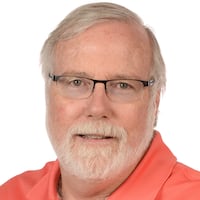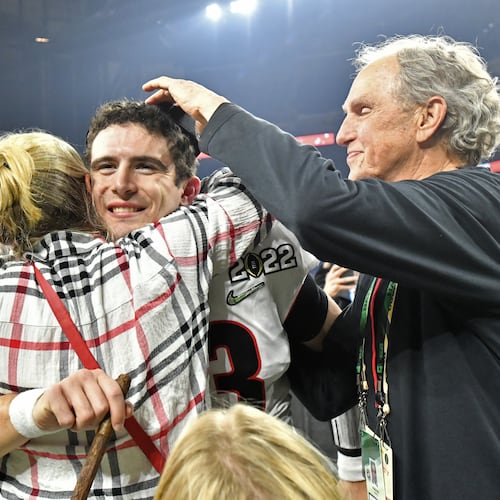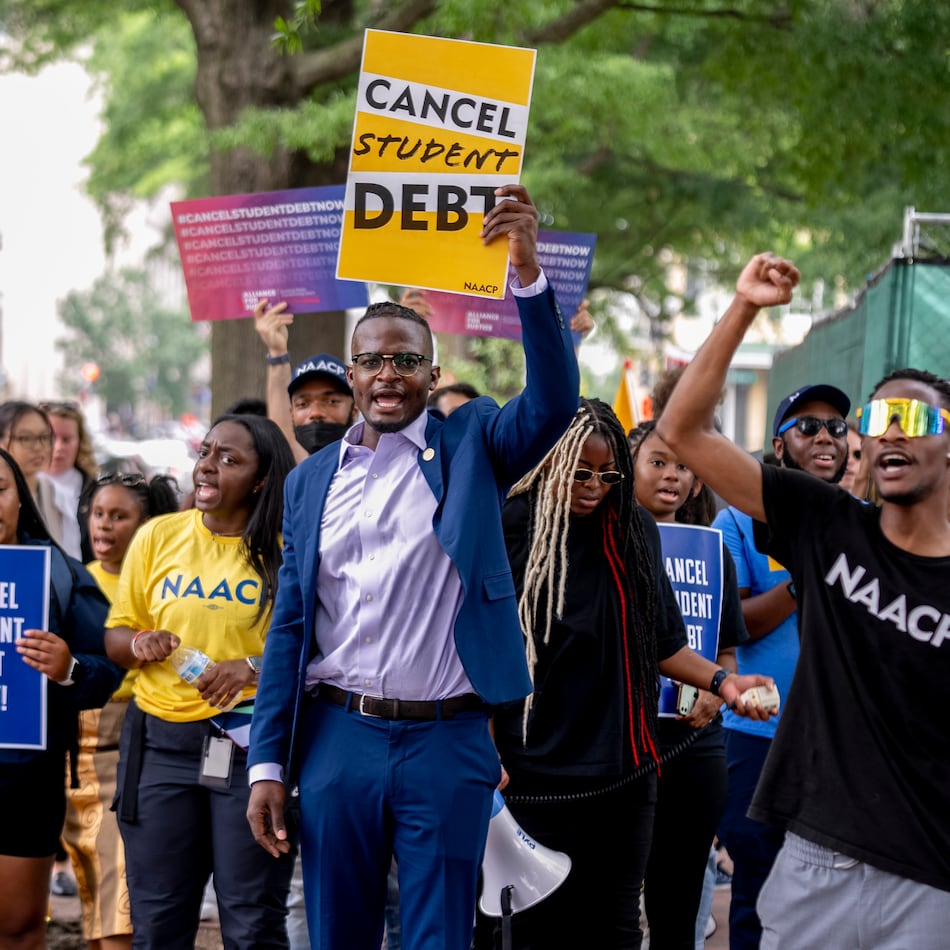Granted, Tiger Woods could retire his clubs to the attic today, and he will have done more to advance his sport and put money in the pastel pockets of his peers than anyone since the invention of the hole.
That doesn’t mean we are not allowed to feel a little let down by him these past few weeks. After all, a life as big as his comes with big expectations.
Swinging without pain during a well-hyped charity match May 24 and spotted Father’s Day weekend enjoying an outing with his son at the Frederica Golf Club on St. Simons Island, Woods is seemingly quite fit. And, yet, he has been as absent as the fans during the PGA Tour’s restart. Woods has been barely a sigh in the national conversation about, well, pretty much everything lately, from social justice to the Charles Schwab Challenge.
Golf lately has been this island green with nothing but murky water, high grass, snakes and out-of-bounds stakes all around it. The PGA Tour has done the hard, tricky work of playing through a pandemic and done it all without the massive presence of Woods, the one player who could have elevated golf on an empty course to the level of spectacle.
The top four ranked players in the world have faced the inconveniences and the risks involved while playing in all three of first events since everything shut down. And No. 5, Brooks Koepka, would have played in all of them, too, if he hadn’t pulled out last week after his caddie tested positive for the coronavirus.
Rory McIlroy, Jon Rahm, Dustin Johnson and Justin Thomas have led the parade back to competitive golf. And Woods? Not so much as a postcard. He has bunkered in – as is his right, let’s remember – while others carried the weight of the restart.
None of the top five were in the field this week in Michigan. Rahm, Thomas and even Koepka are scheduled to return next week for the first of two consecutive events at Muirfield Village in Ohio. As are the likes of Phil Mickelson (his third event since the restart) and Jordan Spieth (his fourth). But no Woods next week either.
Not having Woods in Fort Worth on the first event back – a very big moment for golf and for sports in America – was like the E Street Band hitting the road again without Springsteen. His sport needed Woods. His fans certainly could have used a boost. Would have been a nice if, by his mere presence, Woods had endorsed the Tour’s decision to come back, that’s all.
He hasn’t been the only holdout. Expressing discomfort with the Tour’s health protocols, the world’s eighth-ranked player, Adam Scott, hasn’t played since the shutdown. Understandably wary of international travel and the quarantines that could entail, No. 12 Tommy Fleetwood remained in England. Everyone is entitled to their jitters these days. Only Woods’ absence just means more.
The last month hasn’t been about golf’s usual self-absorbed pursuits, of picking and choosing the courses that fit a player’s sensibilities and schedule. It has been bigger than that. It has been about resuscitating sports in general, and golf specifically, at a time when diversions were as needed as hand sanitizer. Rallying to the moment, great fields stepped up and filled those first three weeks – with one huge exception.
Do you realize now that it has been four-and-a-half months since we’ve seen Woods at a PGA Tour event (Feb. 16, Riviera)? His three starts this year are the fewest among anyone in the top 200 in FedEx Cup points and matches his total of exhibitions for 2020 (in which he played tantalizingly well).
Trying to figure out Woods’ schedule was a Saturday-New-York-Times-crossword-puzzle kind of challenge even before all the coronavirus complications set in. The guess is he will show up for the second Muirfield Village event July 16-19, Jack Nicklaus’ Memorial Tournament – oddly the event in which the first smattering of a gallery could be welcomed back, making it the riskiest one yet. Speculation has it that his calendar will get a lot more crowded in the coming months.
Some of those paid to tell athletes how they should feel seemed even more let down by Woods’ reaction to the unrest that shook the country following George Floyd’s death at the hands of police.
His statement, which left some cold, read:
“My heart goes out to George Floyd, his loved ones and all of us who are hurting right now. I have always had the utmost respect for our law enforcement. They train so diligently to understand how, when and where to use force. This shocking tragedy clearly crossed that line. I remember the L.A. riots and learned that education is the best path forward. We can make our points without burning the very neighborhoods that we live in. I hope that through constructive, honest conversations, we can build a safer, unified society.”
Those like former tight end turned Fox Sports bloviator Shannon Sharpe seemed to feel the statement was too conciliatory toward the police, too safe, too lacking in righteous anger. After all, there is no marketplace these days for a reasoned tone.
Like Michael Jordan, Woods never has been one to rally to the Big Issue despite an immense platform. Being a pot-stirrer is not part of his personality. But here is a good time to mention that Woods’ charitable foundation does more tangible good than any fiery tweet.
He is not a social activist – accept that as part of the package.
He is a golfer – a singular, generational one, at that. And when he is fit and he doesn’t play golf, especially in times like these when the sight of him on the tee would have provided a nice boost, that’s where the real letdown comes.
It’s Woods’ right to sit out from here to a vaccine if he chooses. Just as it’s our right to be a little disappointed in his invisibility this past month when so many others have stepped into the breach.
About the Author
The Latest
Featured



